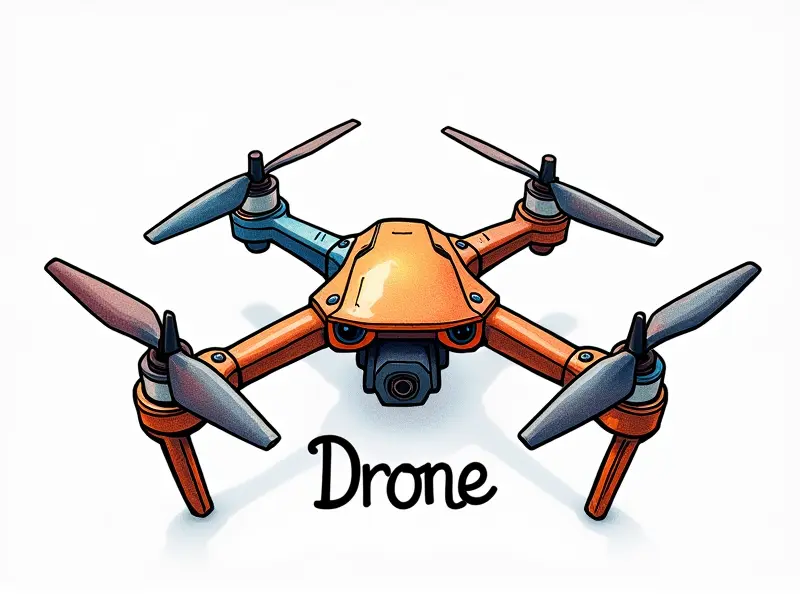What’s VTX power in FPV?

VTX, or Video Transmitter, is a critical component of any FPV (First-Person View) drone setup. It's responsible for transmitting the video feed from the camera to your goggles or receiver. The power output of your VTX plays a significant role in determining how far and clearly you can see your drone in flight. This article will delve into why VTX power matters, how to optimize it for distance and clarity, and common pitfalls to avoid.
Why VTX Power Matters in FPV Drones
The power output of a VTX directly affects the range and quality of your video feed. Higher power settings allow for longer transmission distances but can also introduce noise and interference if not managed correctly. Understanding how to balance power with clarity is crucial for achieving optimal performance.
Optimizing VTX Power for Distance
To maximize the distance at which you can see your drone, it's essential to adjust your VTX power settings accordingly. Higher power outputs will extend your range but may sacrifice video quality due to increased noise and interference. Experiment with different settings to find the right balance.
Maximizing Range with VTX Power Settings
Increasing the power output of your VTX can significantly enhance your FPV flying experience by extending the distance you can see your drone. However, it's important to understand that higher power doesn't always equate to better performance. Overpowering your VTX can lead to signal degradation and increased battery drain.
Understanding VTX Power Ratings
VTX power ratings are typically measured in milliwatts (mW) or watts (W). Common power levels range from 25 mW for indoor use to 1000 mW (1 W) for long-range outdoor flights. The higher the rating, the farther your video signal can travel but also the more susceptible it is to interference.
Choosing the Right VTX Power Level
Selecting the appropriate power level depends on several factors including flight distance, environment, and intended use. For short-range indoor flights, a lower power setting like 25 mW may suffice. Outdoor long-distance flights might require higher settings up to 1000 mW for clear video transmission.
Boost Your Signal with VTX Power
To boost your signal and ensure reliable video feed during FPV flying, consider adjusting the power output of your VTX according to your specific needs. A good starting point is to use a mid-range setting such as 500 mW for most outdoor scenarios.
How Much VTX Power Do You Need?
The amount of VTX power you need depends on the distance between your drone and receiver, as well as environmental factors like obstacles and interference. Start with a moderate power setting and adjust based on testing in different conditions to find the optimal balance.
The Impact of VTX Power on FPV
Adequate VTX power is crucial for maintaining clear video transmission during FPV flights. Insufficient power can result in signal dropouts, while excessive power may cause interference issues and degrade image quality. Balancing these factors ensures a smooth flying experience.
Optimizing VTX Power for Clearer FPV Video
To achieve the clearest video feed possible, optimize your VTX power settings by testing various configurations in different environments. Use tools like signal strength meters to monitor and fine-tune your setup for optimal performance.
Common Mistakes in VTX Power Adjustment
- Overpowering: Setting the power too high can lead to increased interference and reduced video quality.
- Underpowering: Not enough power results in limited range and potential signal dropouts.
- Lack of Testing: Failing to test different settings in various conditions can leave you with suboptimal performance.
VTX Power: Key to Better FPV Flying
Making the most out of your VTX power is essential for enhancing your FPV flying experience. By understanding how to balance range, clarity, and environmental factors, you can achieve optimal video transmission and enjoy smoother flights.
Conclusion
In conclusion, mastering VTX power settings in your FPV drone setup is crucial for achieving the best possible performance. Whether you're flying indoors or outdoors, understanding how to optimize your VTX power will significantly enhance your video quality and range. By avoiding common pitfalls and experimenting with different configurations, you can unlock the full potential of your FPV system.

